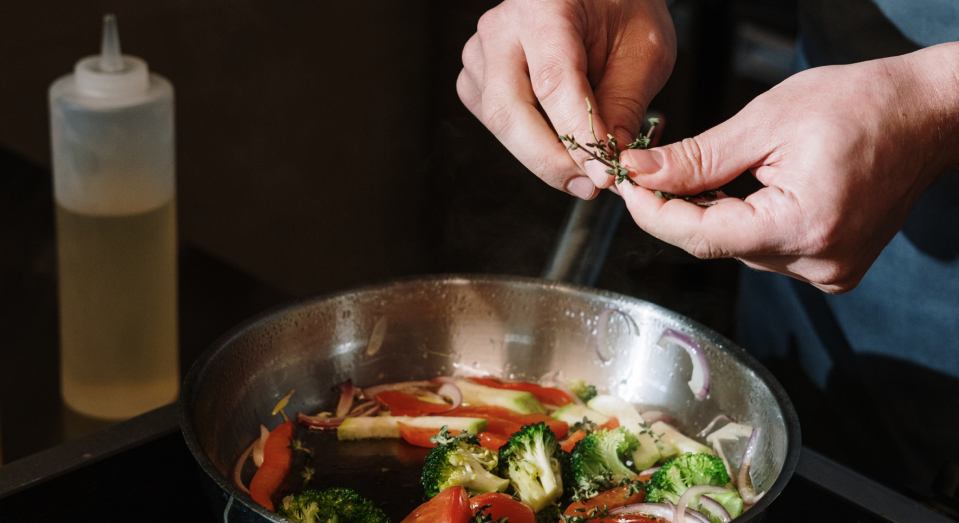
One Part Science, One Part Cooking
Food connoisseur Bruno Goussault was never a classically trained chef. With a PhD in economics and a MS degree in food science, he is every bit a classically trained scientist. He began his food science career working for the Food and Agriculture Organization of the United Nations, where he improved techniques used to mill sorghum and millet in Africa. Later, he went on to invent a super-quick cooking two-minute rice. All told, he spent 15 years in various senior scientific positions in France.
Capitalizing On An Inability
Early on in his career as a food scientist, Goussault worked for an employer who bought a slaughterhouse. His research then turned to meat and he developed a specialty in the subject. But he lacked an ability most chefs and experts would consider indispensable. Goussault is completely colorblind. Because meat is traditionally judged for doneness by its color, Goussault had to find another means to conduct his work. He began correlating the structural and textural changes in meat to exact cooking temperatures and in so doing, developed the sous-vide method.
With Time And Pressure Comes Perfection
As explained in the book Modernist Cuisine, “Goussault is generally credited with promoting, in the early 1970s, that cooking sous-vide at temperatures well below boiling could improve the tenderness and flavor of food. Up to that point, sous-vide cooking had largely been limited to institutional uses and cooking temperatures were held near boiling to prolong shelf life. When Goussault presented his findings in 1974 at a food-industry conference in Strasbourg, France, they caused quite a stir.” By the early 1990s, Goussault had begun to delve into the microbiology of sous-vide. Because certain dangerous bacteria thrive in the absence of oxygen⎯conditions that exist under vacuum⎯Goussault would spend years establishing the technique’s safety and promoting its use in industrial food production. But it was with the encouragement of friend and famed chef Joel Robuchon that Goussault decided to establish a sous-vide training center. Centre de Recherche et d’Etudes pour l’Alimentation opened its doors in 1991 with the intention of introducing sous-vide to a new audience. CREA would begin changing the way chefs think and restaurants serve their patrons.
Coming To America
In 1989, Goussault moved to the U.S. and took a position with Cuisine Solutions to help the company produce high-quality sous-vide on an industrial scale. By the late 1990s he had begun conducting CREA training in America, in addition to Europe. Today, CREA continues to educate chefs at the world’s most renowned restaurants by offering seminars around the world, on-site training and online video courses.
